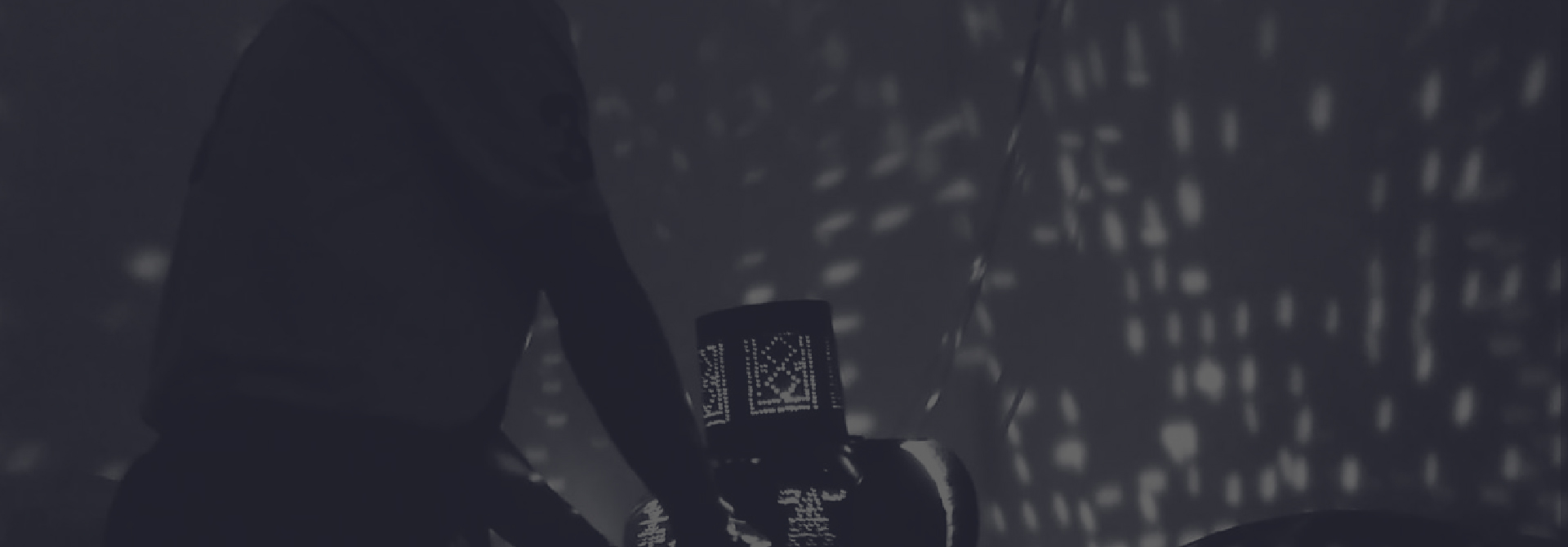Error message
Warning: mkdir(): open_basedir restriction in effect. File() is not within the allowed path(s): (/var/www/vhosts/ammandesignweek.com/:/tmp/) in Drupal\Core\File\FileSystem->mkdirCall() (line 243 of core/lib/Drupal/Core/File/FileSystem.php).
Drupal\Core\File\FileSystem->mkdirCall() (Line: 229)
Drupal\Core\File\FileSystem->mkdir() (Line: 132)
Drupal\s3fs\S3fsFileSystemD103->mkdir() (Line: 214)
Drupal\geofield_map\Services\MarkerIconService->setMarkersFilesList() (Line: 373)
Drupal\geofield_map\Services\MarkerIconService->__construct() (Line: 259)
Drupal\Component\DependencyInjection\Container->createService() (Line: 177)
Drupal\Component\DependencyInjection\Container->get() (Line: 244)
Drupal\geofield_map\Plugin\Field\FieldFormatter\GeofieldGoogleMapFormatter::create() (Line: 65)
Drupal\Core\Field\FormatterPluginManager->createInstance() (Line: 127)
Drupal\Core\Field\FormatterPluginManager->getInstance() (Line: 212)
Drupal\Core\Entity\Entity\EntityViewDisplay->getRenderer() (Line: 248)
Drupal\Core\Entity\Entity\EntityViewDisplay->buildMultiple() (Line: 340)
Drupal\Core\Entity\EntityViewBuilder->buildComponents() (Line: 24)
Drupal\node\NodeViewBuilder->buildComponents() (Line: 282)
Drupal\Core\Entity\EntityViewBuilder->buildMultiple() (Line: 239)
Drupal\Core\Entity\EntityViewBuilder->build()
call_user_func_array() (Line: 107)
Drupal\Core\Render\Renderer->doTrustedCallback() (Line: 830)
Drupal\Core\Render\Renderer->doCallback() (Line: 387)
Drupal\Core\Render\Renderer->doRender() (Line: 203)
Drupal\Core\Render\Renderer->render() (Line: 484)
Drupal\Core\Template\TwigExtension->escapeFilter() (Line: 92)
__TwigTemplate_ce079bc5280e33c5afd3a098349543cb->doDisplay() (Line: 388)
Twig\Template->yield() (Line: 344)
Twig\Template->display() (Line: 359)
Twig\Template->render() (Line: 51)
Twig\TemplateWrapper->render() (Line: 33)
twig_render_template() (Line: 348)
Drupal\Core\Theme\ThemeManager->render() (Line: 446)
Drupal\Core\Render\Renderer->doRender() (Line: 203)
Drupal\Core\Render\Renderer->render() (Line: 484)
Drupal\Core\Template\TwigExtension->escapeFilter() (Line: 80)
__TwigTemplate_5ffe73bd275d3ea3923e45964f3da5be->doDisplay() (Line: 388)
Twig\Template->yield() (Line: 344)
Twig\Template->display() (Line: 359)
Twig\Template->render() (Line: 51)
Twig\TemplateWrapper->render() (Line: 33)
twig_render_template() (Line: 348)
Drupal\Core\Theme\ThemeManager->render() (Line: 446)
Drupal\Core\Render\Renderer->doRender() (Line: 203)
Drupal\Core\Render\Renderer->render() (Line: 238)
Drupal\Core\Render\MainContent\HtmlRenderer->Drupal\Core\Render\MainContent\{closure}() (Line: 593)
Drupal\Core\Render\Renderer->executeInRenderContext() (Line: 231)
Drupal\Core\Render\MainContent\HtmlRenderer->prepare() (Line: 128)
Drupal\Core\Render\MainContent\HtmlRenderer->renderResponse() (Line: 90)
Drupal\Core\EventSubscriber\MainContentViewSubscriber->onViewRenderArray() (Line: 246)
Symfony\Component\EventDispatcher\EventDispatcher::Symfony\Component\EventDispatcher\{closure}() (Line: 206)
Symfony\Component\EventDispatcher\EventDispatcher->callListeners() (Line: 56)
Symfony\Component\EventDispatcher\EventDispatcher->dispatch() (Line: 188)
Symfony\Component\HttpKernel\HttpKernel->handleRaw() (Line: 76)
Symfony\Component\HttpKernel\HttpKernel->handle() (Line: 53)
Drupal\Core\StackMiddleware\Session->handle() (Line: 48)
Drupal\Core\StackMiddleware\KernelPreHandle->handle() (Line: 28)
Drupal\Core\StackMiddleware\ContentLength->handle() (Line: 32)
Drupal\big_pipe\StackMiddleware\ContentLength->handle() (Line: 201)
Drupal\page_cache\StackMiddleware\PageCache->fetch() (Line: 138)
Drupal\page_cache\StackMiddleware\PageCache->lookup() (Line: 87)
Drupal\page_cache\StackMiddleware\PageCache->handle() (Line: 48)
Drupal\Core\StackMiddleware\ReverseProxyMiddleware->handle() (Line: 51)
Drupal\Core\StackMiddleware\NegotiationMiddleware->handle() (Line: 36)
Drupal\Core\StackMiddleware\AjaxPageState->handle() (Line: 51)
Drupal\Core\StackMiddleware\StackedHttpKernel->handle() (Line: 709)
Drupal\Core\DrupalKernel->handle() (Line: 19)
About the Exhibition
"Design for a Nomadic World" explores how art, architecture and design can address the emotional, cultural and aesthetic needs of refugees, while fostering a better cross-cultural understanding and a social cohesion between migrant and host communities. The exhibition features the collaborative research and creative work produced by the Future Heritage Lab – MIT Department of Architecture and GJU Department of Architecture with CARE Jordan and Al Azraq camp residents. It showcases studies of everyday-life problems and inventions of the Al Azraq refugee camp. Integral part of the exhibition is the Lightweaver workshop, which presents the creative process across borders. It will involve the co-creation of the Lightweaver prototypes, a playful kinetic lighting machines and educational devices developed in collaboration with the artists, engineers and inventors from the Al Azraq refugee camp. The Lightweaver translates stories from textiles into a sensory play of light, aiming to preserve cultural memory and inspire hope.
The exhibition title references Victor Papanek’s seminal book Design for the Real World (1971). Papanek’s work revealed the discrepancy between design and the “real needs” of people, especially the unprivileged and marginalized. The Design for a Nomadic World exhibition takes on Papanek’s mission to point at the cultural, emotional, and aesthetic needs of refugees and migrants. During 2016-2017, the MIT Future Heritage Lab (Dr. Azra Aksamija) in collaboration with the GJU Department of Architecture (Dr. Mohammad Yaghan) and the residents of the Al Azraq camp, discussed camps as civic spaces where crucial social healing, innovation, creativity and cross-cultural interactions take place and investigated the role of art and design in addressing the “real needs” of refugees. The exhibition aims to broaden the dialogue around the role of design in conditions of conflict and crisis within a global perspective.
The exhibition is curated by Dr. Azra Aksamija (MIT) and Dr. Mohammad Yaghan (GJU) and organized by Zeid Madi. It features the collaborative work prototyped created by: MIT team members Azra Aksamija, Allison James, Joshua Jest, Lillian Kology, Xinyi Ma, Manisha Mohan, Melina Philippou, Nabil Sayfayn; GJU team members Rejan Ashour, Mohammad Yaghan, Zeid Madi; IRA member Omar Darwish; and the Al Azraq camp residents (18 Names). The collaboration with Al Azraq camp residents was facilitated by CARE - Jordan. Additional prototypes that will be created in workshops with MIT and GJU students and Al Azraq camp residents will be added to the show.
Sponsored by MIT Future Heritage Lab; MIT CAST Mellon Faculty Grant; MISTI-Arab World Program; GJU Department of Architecture; CARE Jordan.
- Address: Mu'Ath Bin Jabal St, Downtown
- Opening Hours: Sun - Thu, 8 am – 4 pm
- Telephone: 06 429 4444
- Website: http://www.gju.edu.jo
- Facebook: SABE’s space | GJU
- Twitter: @GJUniversity
About Dr. Azra Akšamija
Dr. Azra Akšamija is an artist and architectural historian, an Associate Professor at the MIT Program in Art, Culture and Technology and Director of the MIT Future Heritage Lab. Akšamija's work investigates transcultural aesthetics, cultural mobility, and ways in which art and architecture can form a bridge between cultures. Her book, Mosque Manifesto, published 2015 by Revolver Publishing, offers a repertoire of ways in which creative forms of Islamic representation may foster a better understanding between cultures, and provide a critical response to stereotypes about Islam in the West. Akšamija holds Master’s Degrees from the Technical University Graz and Princeton University, and a PhD from MIT (HTC / AKPIA). Her work has been shown in leading international venues. She received the Aga Khan Award for Architecture in 2013 for her design of the prayer space interior in the Islamic Cemetery Altach, Austria.
About Dr. Mohammed Yaghan
Dr. Mohammed Yaghan has a BSc from Jordan University, an MSc from the University of Strathclyde, and a PhD from the University of Tsukuba. Accordingly, he was exposed to different systems of thought and induction. His research focused on computerization of Islamic architectural elements, namely; muqarnas, two dimensional geometrical patterns, calligraphy, and Arabic typography. His vision is to create very new applications that match our contemporary era needs utilizing the logic of the form rather than replicating a copy from the past. He co-founded a design house called “Muqarnas for Design” in 2007. This design house has accomplished over forty design projects of different scales. In teaching, he strives to get the best out of every student by helping him to devise his own approach of learning rather than imposing a model of teaching.



